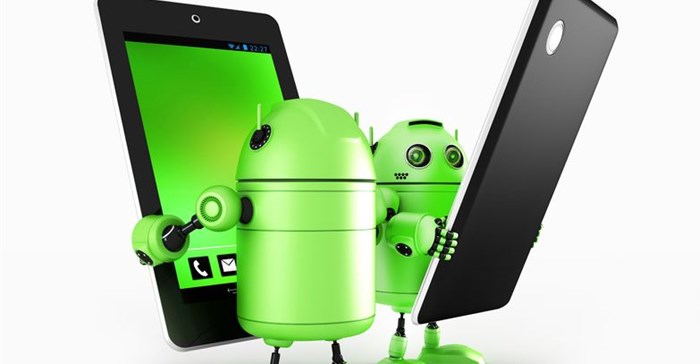Take your social media marketing to the next-level - from B2B and B2C to P2P (person to person) and H2H (human to human). It's as easy as remembering that you need to be relatable and not sound like a computer, even if the message you're sharing has been automated.
We started the second day of BlueMagnet’s content marketing and social media training with a bidding war the previous day, on the amount of active social media users across the various platforms. Would you believe that as of September last year there were 15 million total Facebook users of which 14 million are active, while YouTube has 8.76 million active, Twitter 7.7 million, LinkedIn 5.5 million and Instagram 5.5 million in SA alone?
Other surprising stats include the fact that the average response time for brands is 7 hours on Facebook and 4.7 hours on Twitter, with Instagram traffic highest between 8am and 5pm as millennials post pics using their office data, whereas Twitter is before and after work, peaking at 9pm in SA.
Know thy social media audience
That doesn’t mean you should schedule all your brand tweets for that time, though – you’ll need to work out your brand’s individual social media content strategy calendar, based on what times of day your users are most active and engaged with your content throughout the week, and ensure your content is seasonal, helpful and engaging. Merely punting your latest product offering without explaining its relevance is a no-no. But this is all still theory, and the only way to learn is by putting that theory into practice.

Bring the personal touch back into your brand messaging. Image © Kirill Makarov –
123RF.comThat's why McEndoo kicked off with a practical session on using Facebook for Business and Facebook Insights to manage the admin aspects of posting to Facebook, as well as Facebook Messenger and Instagram. This is truly helpful, especially as the overwhelming majority of us ‘social media posters’ had not used these tools before. Yes really—shock horror! But there was more to come...
There are many naysayers on the importance of social media as a marketing platform, but when you consider the fact that social media has overtaken pornography as the number one activity on the web, it’s clearly not just a fad. Instead, it’s a fundamental shift in the way we communicate. Today, more people own a mobile phone than a toothbrush, LinkedIn has lowered its age limit to 13 (yes, I know! Click here for my own hesitation over improperly enforced social media age restrictions), and grandparents are the fastest growing demographic on Twitter. So you need to ask yourself whether you like what they’re saying about your brand, especially as social signals have become a strong ranking factor. These are the recommendations and social interactions tracked by search engines that measure the influence, authority, credibility and reputation of your website.
But if you’re not posting regularly to social media and monitoring any and all mentions of your brand, how can your digital communications be deemed effective? If you’re not creating brand evangelists, beware as people have the power to break your brand.
You only need 18 minutes to turn those online frowns upside down
McEndoo says brands tend to list lack of time and budget as social media marketing barriers, but she calls them liars, as socially successful brands (those with a properly executed social marketing strategy) only need 18 minutes to be successful in your daily engagement. McEndoo broke this down for us and also warned that if you don’t have a reason to be there and don’t make an effort to share content that your audience will like, you shouldn’t use the platform.
The most important aspect is your online reputation management or ORM. One happy customer will only tell three people about their experience with your brand, while one unhappy customer will tell 14. “Today, the unhappy have the power of influence,” warned McEndoo.
In addition to this, for every customer who bothers to complain, 26 remain silent and it takes 12 positive experiences to make up for one unresolved negative one.
You can flip the script by listening to what your audience is saying on social media and tailoring your conversational content accordingly, while also offering them an opportunity to engage with your brand. You’ll soon build up a bank of reputable, topically-related followers happy to stand for your overall brand ethos.
All the more reason to pin social media marketing to the top of your content marketing strategy!
Click back to last week’s article on the need for a clear content strategy and find out more from BlueMagnet’s website, as well as their Twitter and Facebook accounts.







































